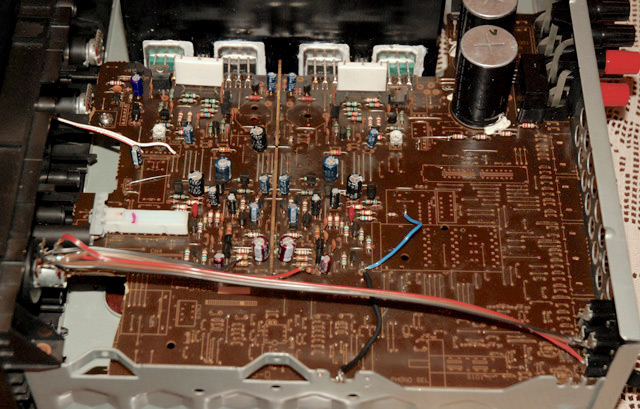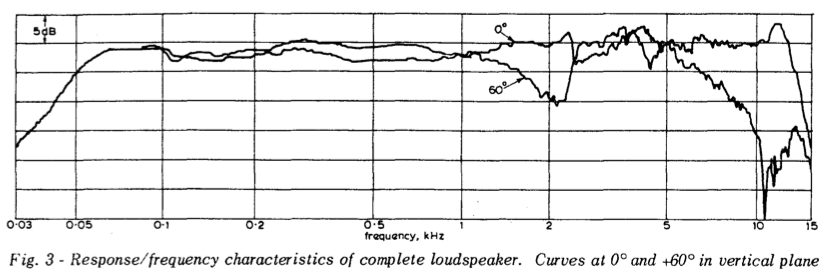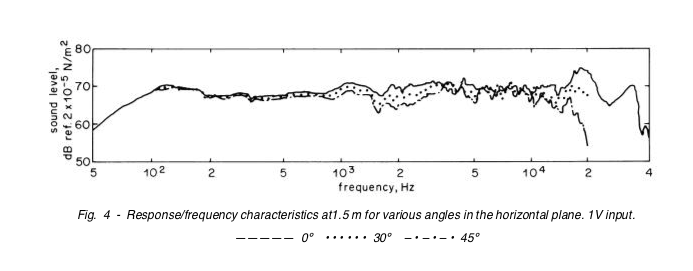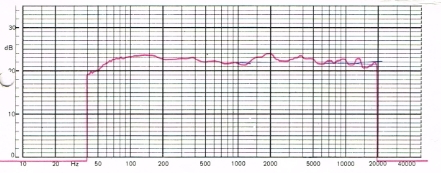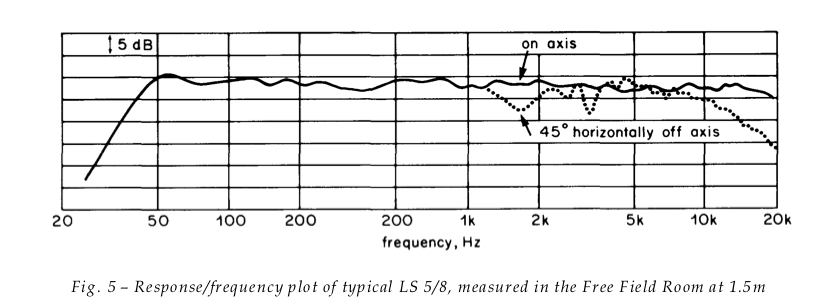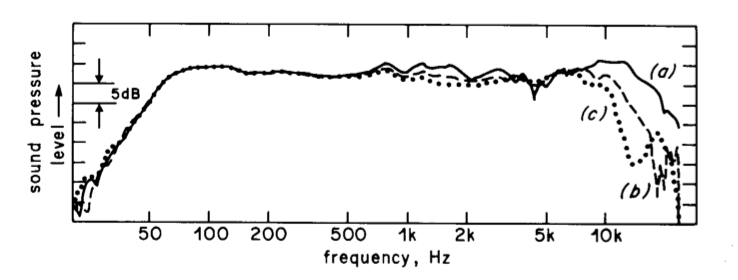mrlamonta
pfm Member
A loudness button is a quick and dirty compromise really. It'll be setup about a specific volume level, and if that matches for you (system, environment, level etc) then great, but otherwise... Tone controls are very limited in the frequencies that can be adjusted but setting the tone for a certain volume is usually better than loudness. I think digital eq correction is possibly the better all round solution these days, whether in software or built into the speakers, dacs etc.
Thank you Gavreid. I only have a small set up and a lot of my listening is with vinyl.


